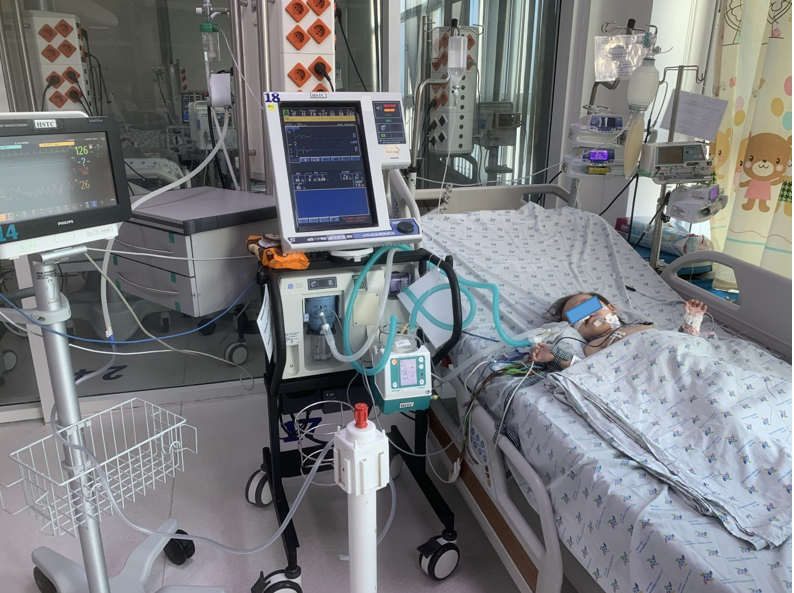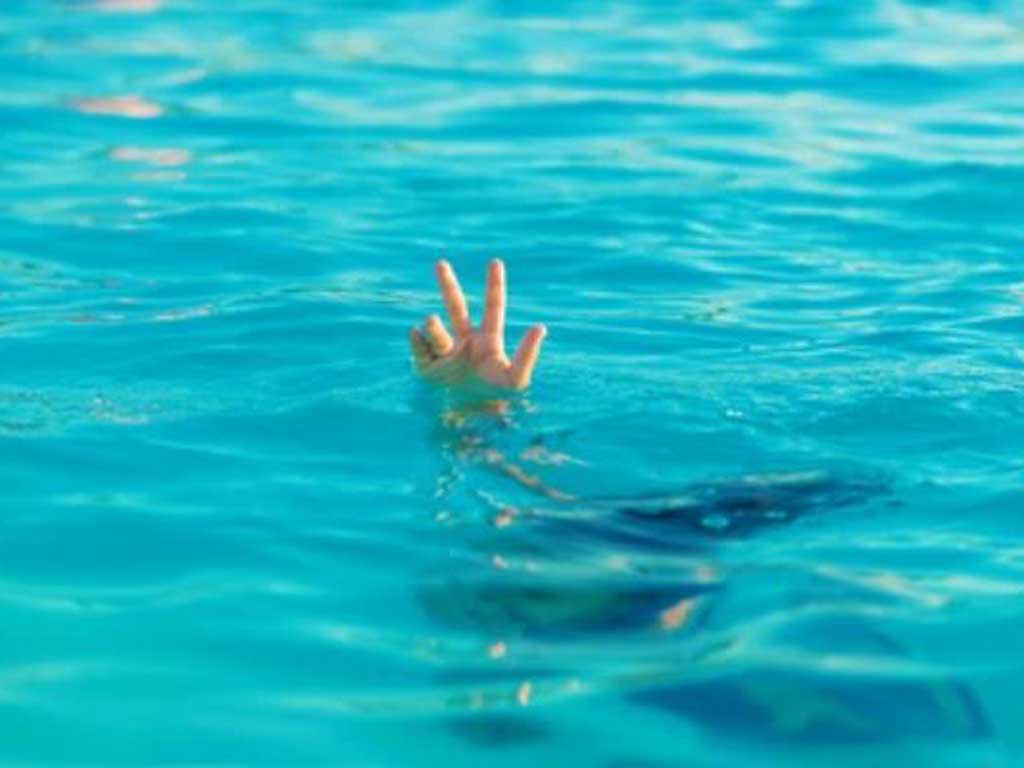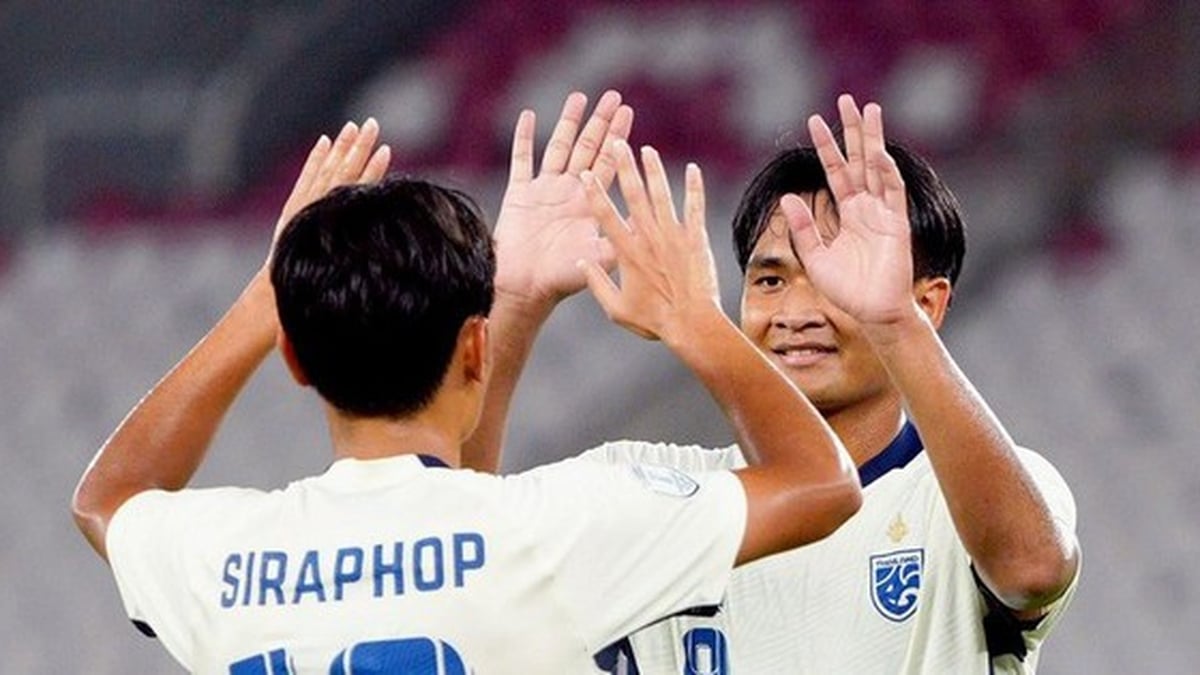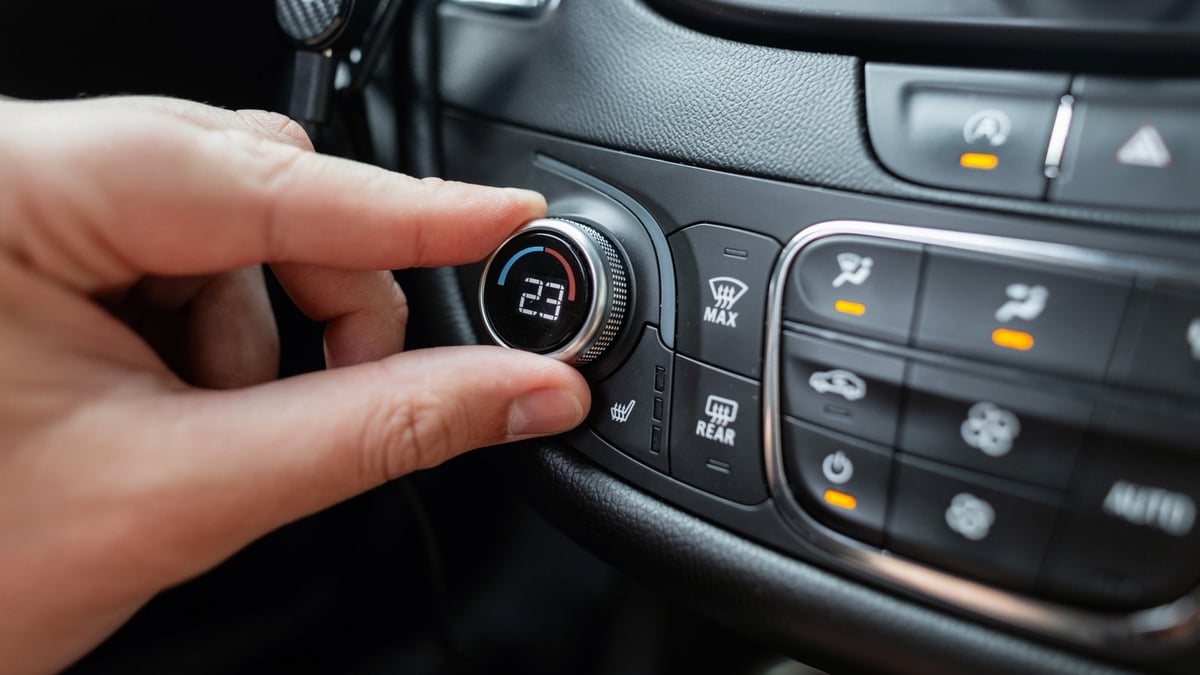On May 8, Dr. Nguyen Minh Tien, Deputy Director of the City Children's Hospital, Ho Chi Minh City, said that recently, the hospital has continuously received cases of drowning for emergency treatment. Fortunately, 4 cases have been successfully rescued.
Fall into a tall bucket of water
The first case is TNTA (21 months old, in District 6, Ho Chi Minh City). An hour before being admitted to the hospital, his cousin went into the bathroom and discovered the child had fallen headfirst into a bucket about 50 cm high filled with water. The child was unconscious and cyanotic. The family quickly performed CPR and chest compressions for about 3 minutes, then the child cried and had slight movements of the arms and legs. The child was taken to a local clinic, treated with oxygen, and then transferred to the City Children's Hospital.
Here, the child was in a coma, breathing irregularly, was intubated to help him breathe, given a ventilator, antibiotics, anti-cerebral edema, electrolyte adjustment, and acid-base balance. After more than a week of treatment, the child's consciousness gradually improved, he was able to communicate, was weaned off the ventilator, received oxygen, and then breathed fresh air on his own.

Child drowned after falling in a bucket of water, received intensive treatment with ventilator and anti-cerebral edema
Drowning in the pool
Boy ND D. (4 years old, in Tien Giang ) was taken swimming at the local swimming pool 3 hours before being admitted to the hospital by his family. The child was allowed to swim in the children's pool, with family members watching and monitoring. However, within 5-7 minutes, the family members could not find the child, so they split up to look for the child and discovered that the child was drowning in the children's pool. They pulled him out, gave him water, performed CPR, and then transferred him to the local hospital. In a state of respiratory and cardiac arrest, he was treated with intubation, CPR, and then transferred to the City Children's Hospital. After nearly 2 weeks of treatment, the child's consciousness gradually improved, he responded slowly, was weaned off the ventilator, received oxygen, and then breathed fresh air on his own. The child continued to receive hyperbaric oxygen therapy and nutritional support for physical therapy and rehabilitation.
Similarly, a girl named NLA (8 years old, in Tan Binh district, Ho Chi Minh City) was taken swimming at the local swimming pool 1 hour before being admitted to the hospital. The child was also taken to the children's pool, with family members watching and monitoring. However, within 3-5 minutes, the family members could not find the child so they ran to look for her and discovered that the child was drowning in the children's pool. The child was still breathing, her face was panicked and purple, and she was transferred to the local hospital. A chest X-ray showed that the child had severe damage to her right lung and little infiltration in her left lung. She was given first aid with oxygen and transferred to the City Children's Hospital. After 5 days of intensive treatment, the child gradually regained consciousness, responded well, was weaned off the ventilator, and was given oxygen and then breathed fresh air on her own.

Do not allow small children in the children's pool.
Slip into the fish pond
The fourth case is a TTNP girl (6 years old, in Bac Lieu ) 2 hours before being admitted to the hospital, the child was walking on a suspension bridge over a pond near her house, slipped into a catfish pond. The child was discovered by her family, reached out for 3-5 minutes, was given a shock, then taken to the local hospital, treated with oxygen, antibiotics, then transferred to the City Children's Hospital. After 10 days of treatment, the child's consciousness gradually improved, she had good contact, was weaned off the ventilator, and was given oxygen, then breathed fresh air on her own.
Dr. Tien reminds parents not to leave children alone at home, cover all water containers in the house. Do not let children play alone near ponds, lakes, canals, ditches, or rivers. Do not let epileptic patients swim. When going to the pool, do not let children enter the pool for older children, adults always keep an eye on children, it is best to swim with children.
Source link


























![[Photo] National Assembly Chairman attends the seminar "Building and operating an international financial center and recommendations for Vietnam"](https://vphoto.vietnam.vn/thumb/1200x675/vietnam/resource/IMAGE/2025/7/28/76393436936e457db31ec84433289f72)







































































Comment (0)